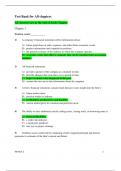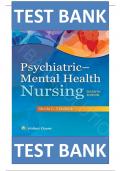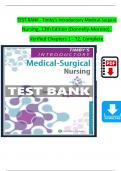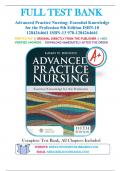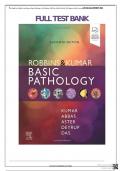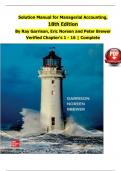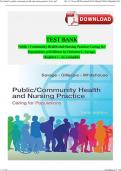Examen
Test Bank for Financial Reporting and Analysis 8th Edition by Lawrence Revsine, Daniel Collins, Bruce Johnson, Fred Mittelstaedt, Leonard Soffer
- Grado
- Institución
- Book
Test Bank for Financial Reporting and Analysis 8th Edition by Lawrence Revsine, Daniel Collins, Bruce Johnson, Fred Mittelstaedt, Leonard Soffer
[Mostrar más]
